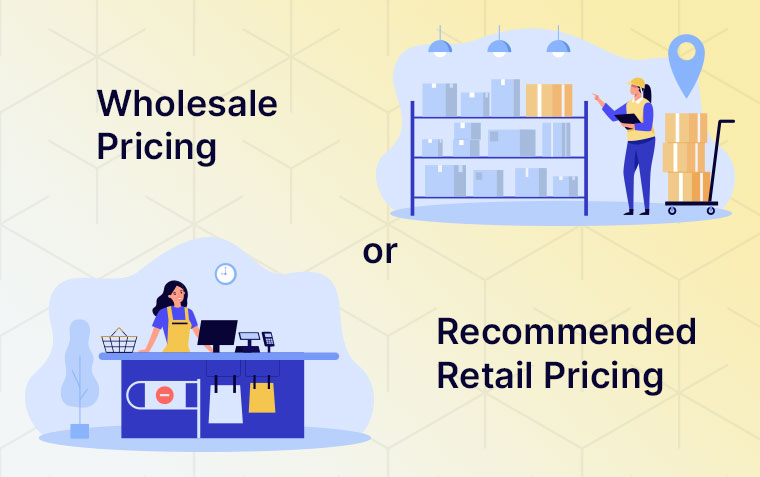How Long Does a Website Last? When to Consider a Redesign

In the rapidly evolving digital landscape, business owners often grapple with the question: how long does a website truly last, and how often should you reconsider its design or functionality? With technological advancements and changing consumer expectations, ensuring that your custom website design remains current and effective is paramount.
The Lifespan of a Website Design
Historically, a well-designed website could be expected to last anywhere from 3 to 5 years. However, given today's accelerated pace of digital change, even a website built a couple of years ago might already be on the verge of obsolescence. This doesn't necessarily imply that the website will stop working, but rather that its design, functionality, or user experience may no longer align with current best practices or audience expectations.
Factors Influencing Website Lifespan
-
Technological Shifts: The tools and technologies used in website design and development are continually advancing. If your website is not compatible with the latest browsers or mobile devices, you're potentially alienating a significant portion of your audience.
-
Design Trends: Just as in fashion, website design trends evolve. What was seen as modern and engaging a few years ago might appear dated today. Ensuring your website’s design aligns with current aesthetics can keep visitors engaged and reduce bounce rates.
-
User Experience (UX): UX principles focus on the visitor's journey and overall satisfaction when interacting with your website. As our understanding of UX improves and user expectations change, it's essential to periodically evaluate and update your website's user experience.
-
Security: Online security threats are an ever-present concern. Older platforms or plugins may be more vulnerable to breaches. Regular updates and potential redesigns can help mitigate these risks.
-
Business Evolution: As your business grows or pivots, your website should reflect these changes. Whether you're expanding your product line, entering new markets, or undergoing a rebrand, your website needs to mirror your current business state.
So, When Should You Redo Your Website?
While there's no hard and fast rule, here are some indicators that it might be time for a refresh:
-
Performance Metrics: Declining website traffic, reduced session durations, or increasing bounce rates can signal that visitors are not engaging with your content or are having difficulty navigating your site.
-
Mobile Responsiveness: If your website isn't mobile-friendly, you're likely losing out on a significant chunk of traffic. With a majority of users accessing sites via mobile devices, this is a crucial factor.
-
Feedback: Customer or client feedback can offer invaluable insights. If they report difficulties or frustrations, it may be time to reconsider aspects of your site.
-
Competitive Analysis: Compare your site with competitors. If theirs offer a superior user experience or incorporate newer features, it might be an indicator that your website needs a revamp.
While the typical lifespan of a website ranges between 3-5 years, it's wise to regularly evaluate its performance, aesthetics, and functionality against the current digital landscape. Prioritising routine check-ins and being open to iterative improvements can ensure your website remains a robust tool in your business arsenal.
Remember, your website is often the first point of contact potential customers have with your business. Making sure it reflects the best of what you offer is crucial in our digitally-driven age.




